ALWAYS EXPLORING
Driven by a love for nature and desire to learn, Fabrication Artist Rob Wand keeps pushing his craft forward.
For Robert Wand, creativity isn’t a hobby. It’s a way of life. From woodworking and metal fabrication to painting and taxidermy, he’s always chasing the next challenge. Now, as a fabrication artist for McCullough Creative, Rob is putting that relentless drive to work for clients. Rob’s mix of artistic instinct, structural thinking, and lifelong curiosity have already made him a strong fit in the shop. Content Strategist Jeff Montgomery sat down with Rob to learn what drives him—and how that motivation shapes his impact here at MC.
JEFF: So this isn’t our traditional "new hire" blogpost because you’re actually not all that new. You were hired about five months ago on a part-time basis and recently you were elevated to a full-time role. So before we go further, I wanted to congratulate you on that, Rob!
ROB: Well, thank you. Yeah, it’s been a really exciting stretch of time so far with McCullough. I’m eager to spend more time here and to become a bigger part of the great work we do!
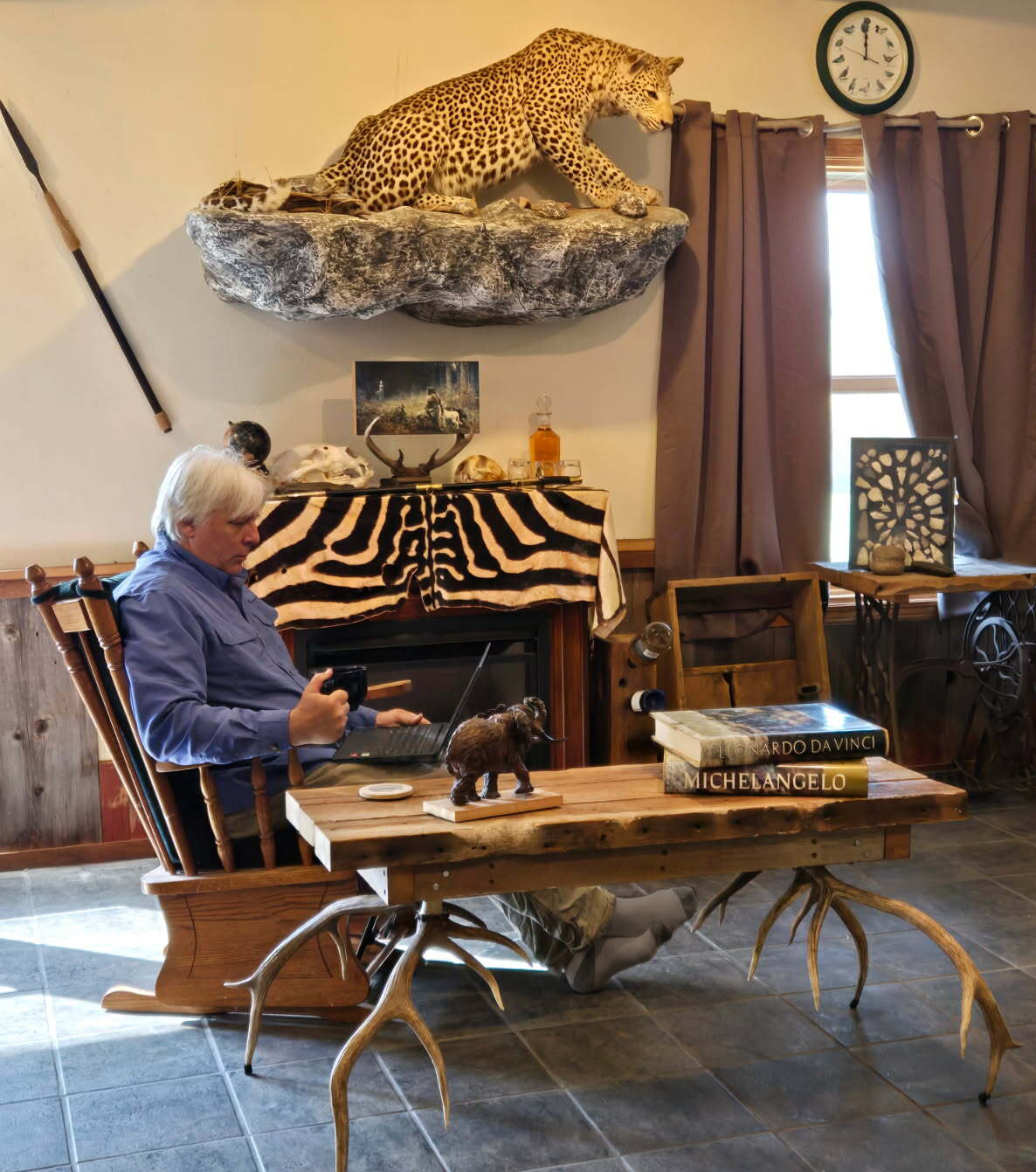
JEFF: What have been your first impressions of McCullough—the work, the people, the culture?
ROB: My biggest impression is the people. They’re talented, but they’re also easy to work with. There aren’t any prima donnas here, even though there are some really, really skilled people. Everyone just picks up a hammer. We all bring different skill sets, and together it becomes a whole that’s greater than the sum of its parts.
JEFF: What kind of projects have you worked on so far?
ROB: I started with some nature center work. I had a beaver mount, and I did a lot of sculpting—adding foam, carving, filling, and painting. That was my baptism by fire. After that, I worked on a small snake pen and the barn façade that just shipped out. Each project is different. Sometimes I know the technique already, and sometimes I’m learning as I go.
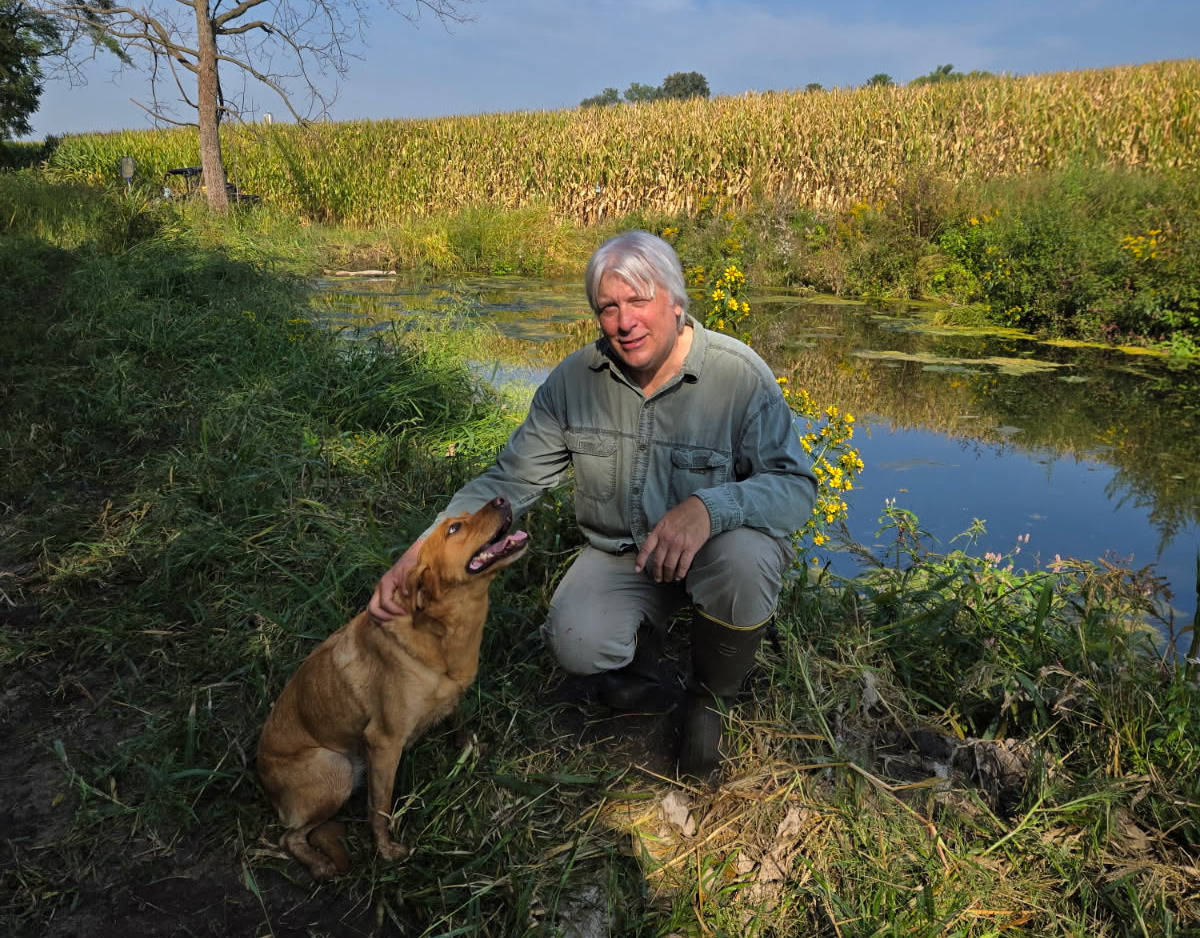
JEFF: What part of the work excites you most?
ROB: The hands-on part. I like sculpting, carving—taking a lump of something and turning it into something else. I’ve always done woodworking, but my real passion is the art side of it.
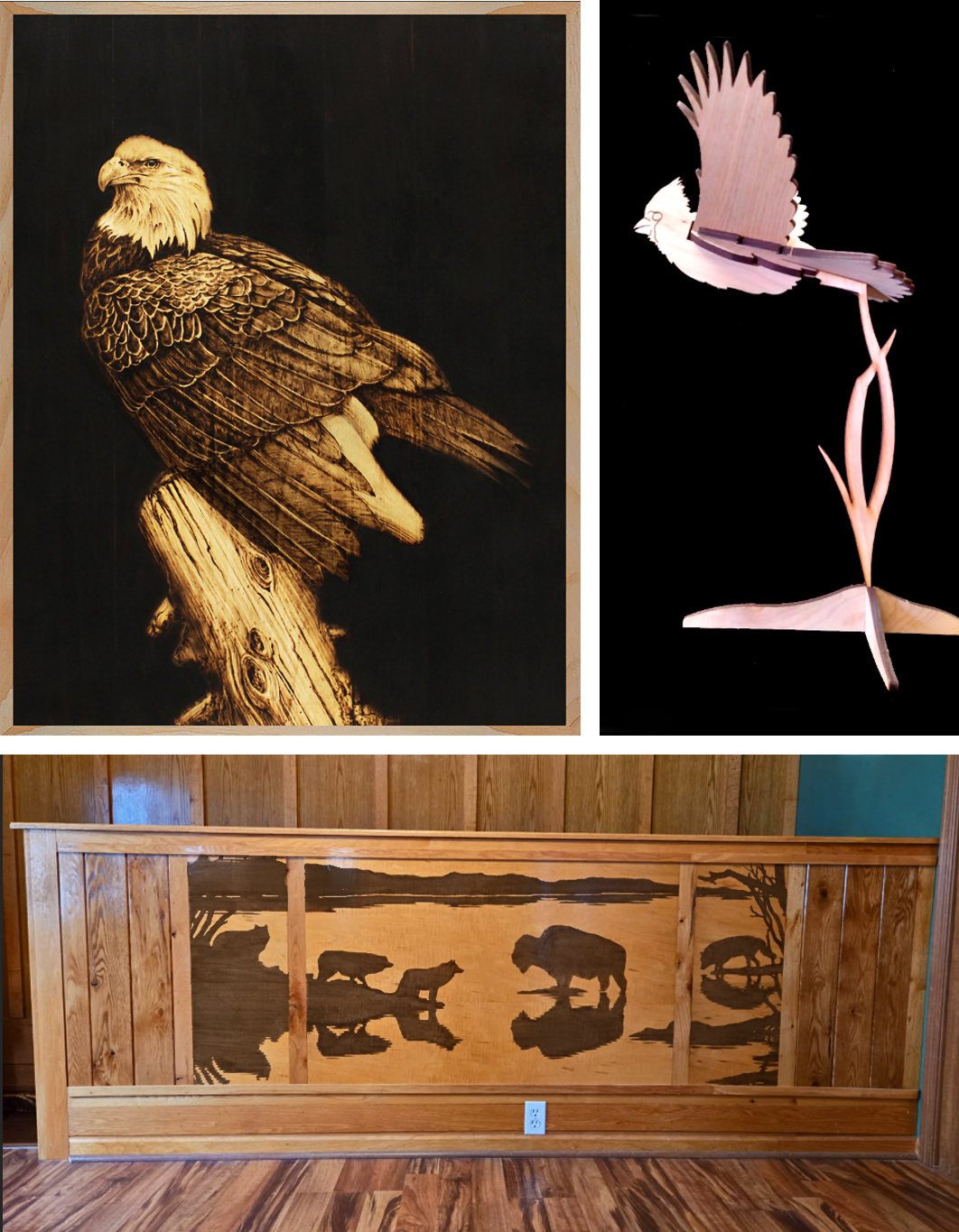
JEFF: Walk me through your background. How did you evolve as an artist and maker?
ROB: At the core of me is nature. I’ve always been fascinated by flora and fauna—what grows, what the deer eat, what the squirrels eat. When I was young, I had a great-aunt who taught art and drama. She showed me how to draw and, more importantly, taught me to use whatever works—a brush, a hairpin, anything. That stuck with me.
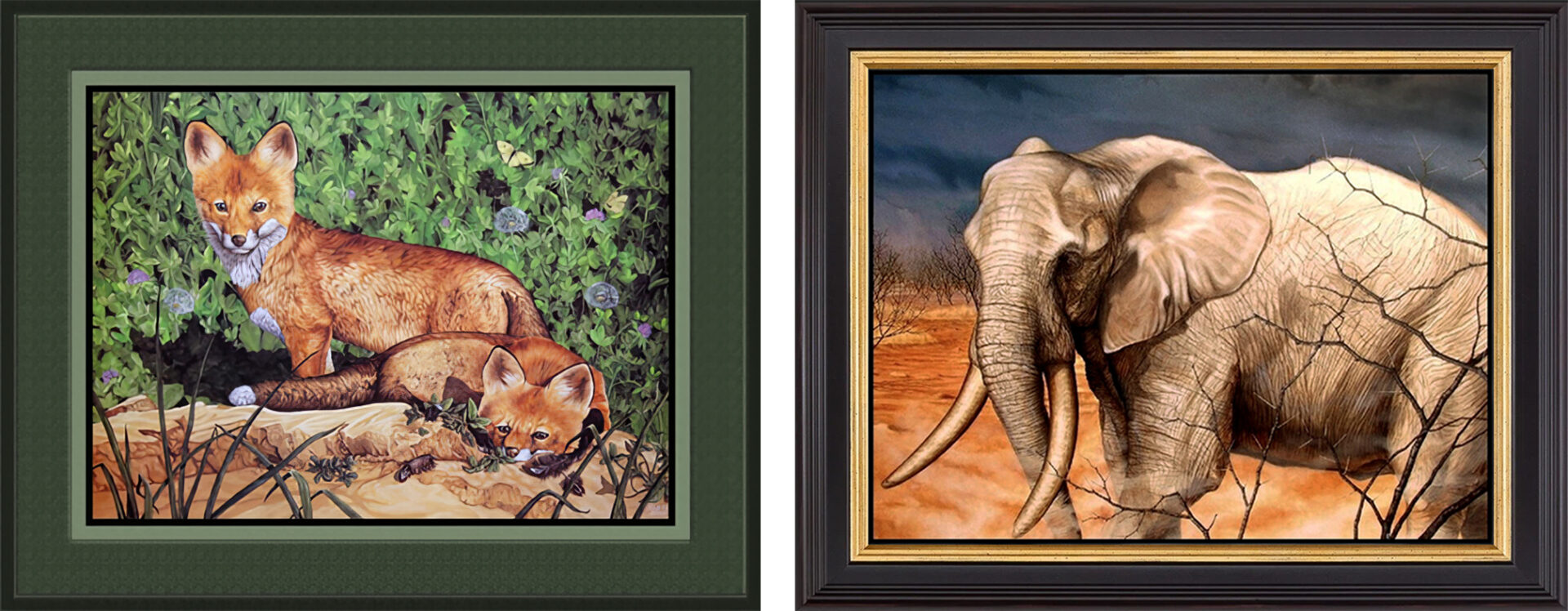
JEFF: Interesting. It sounds like those two passions—nature and art—became interwoven over time. Like maybe one is feeding the other.
ROB: Yeah, I think that is certainly true. I got into wildlife art prints early on and did well enough to fund two trips to Africa. Another big part of my background is taxidermy. I did it part time for 17 years. It was an amazing anatomy lesson—learning muscle groups and bone structure—and it tied back to my love of art and nature.
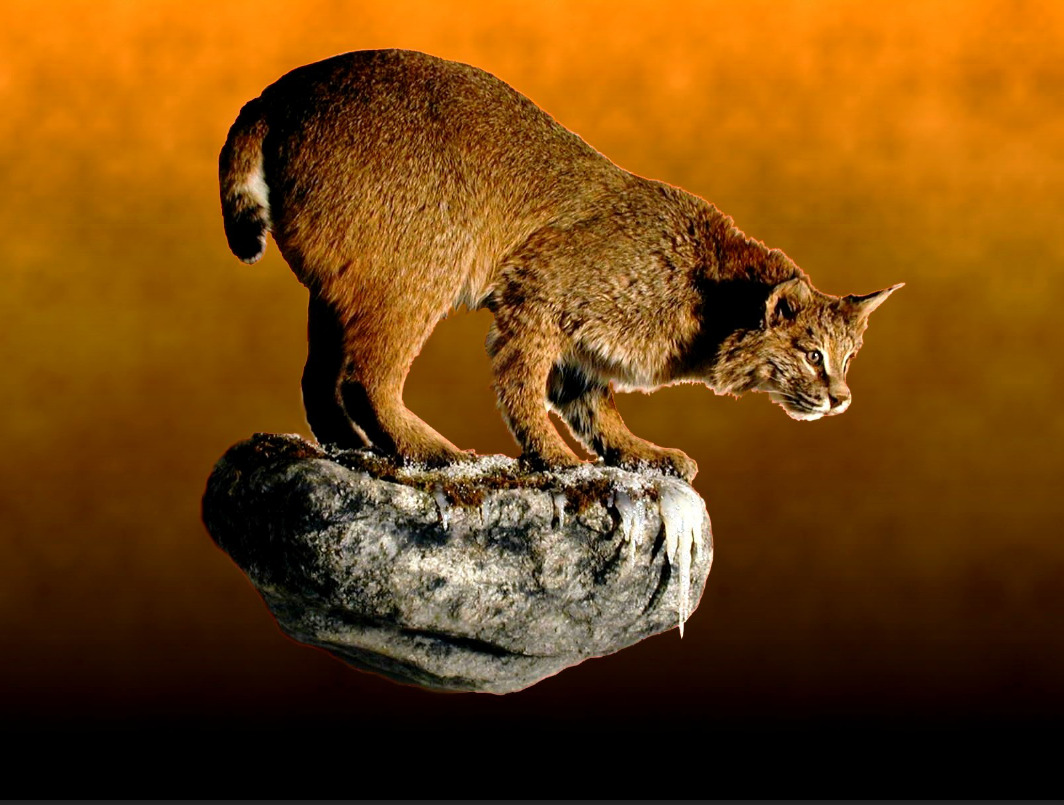

JEFF: How did you pick up woodworking and those other hands-on skills?
ROB: Honestly, I wasn’t a woodworker until I got a job as one. I learned on the job and then started applying those skills elsewhere. I tried pyrography—woodburning—and tested different pens on basswood. I like cobbling together tools too. I once made a doodad for cutting logs—not really an invention, but it solved the problem I had.
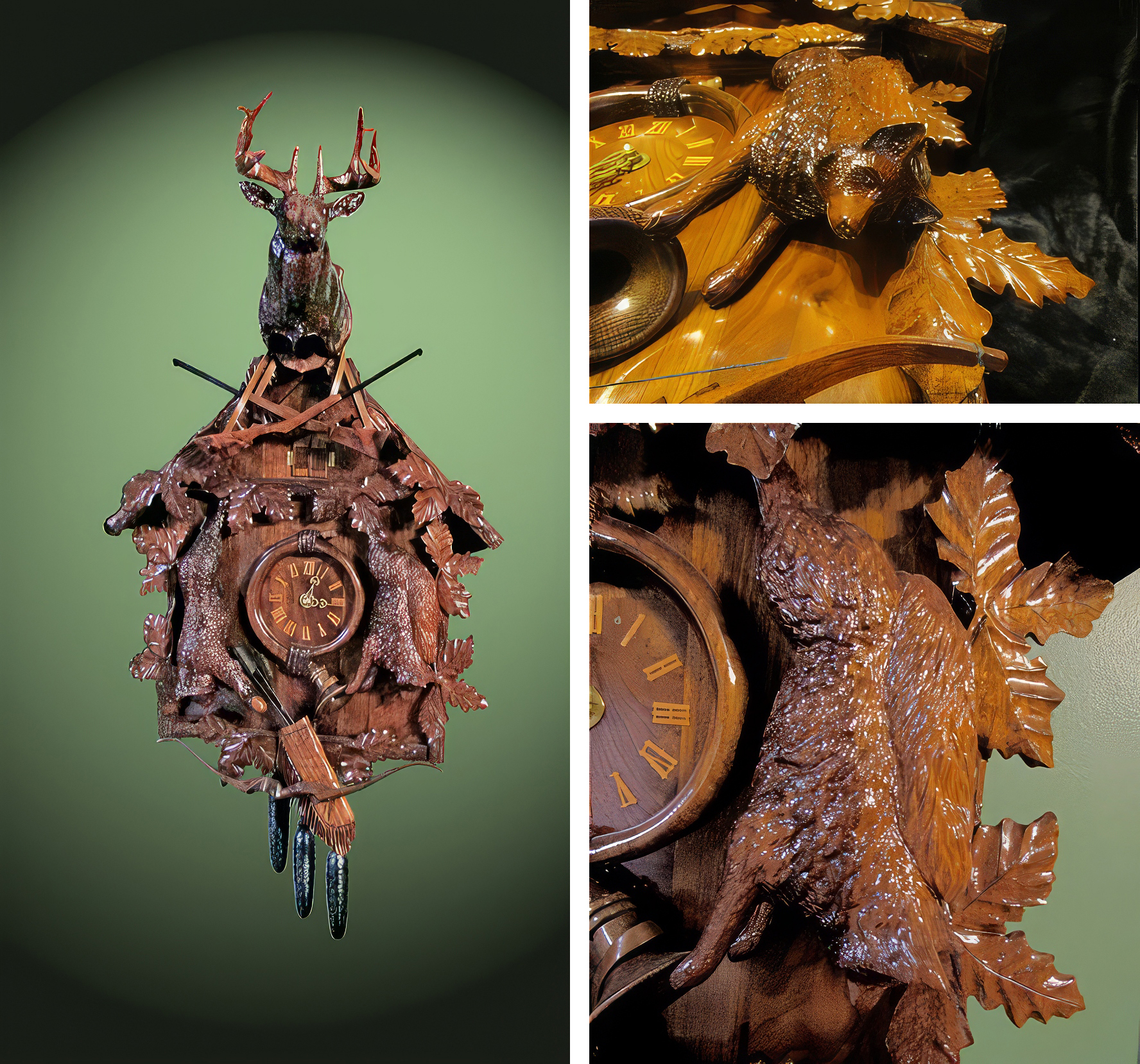
JEFF: You strike me as naturally curious. Where does that come from?
ROB: I’m not sure why, but I’ve always told my kids: If someone wants to teach you something, learn it. Even if you never use it again, learn it. I’m interested in how things work and how different skills connect. Even if you don’t master a craft, just understanding it can help you in other areas.
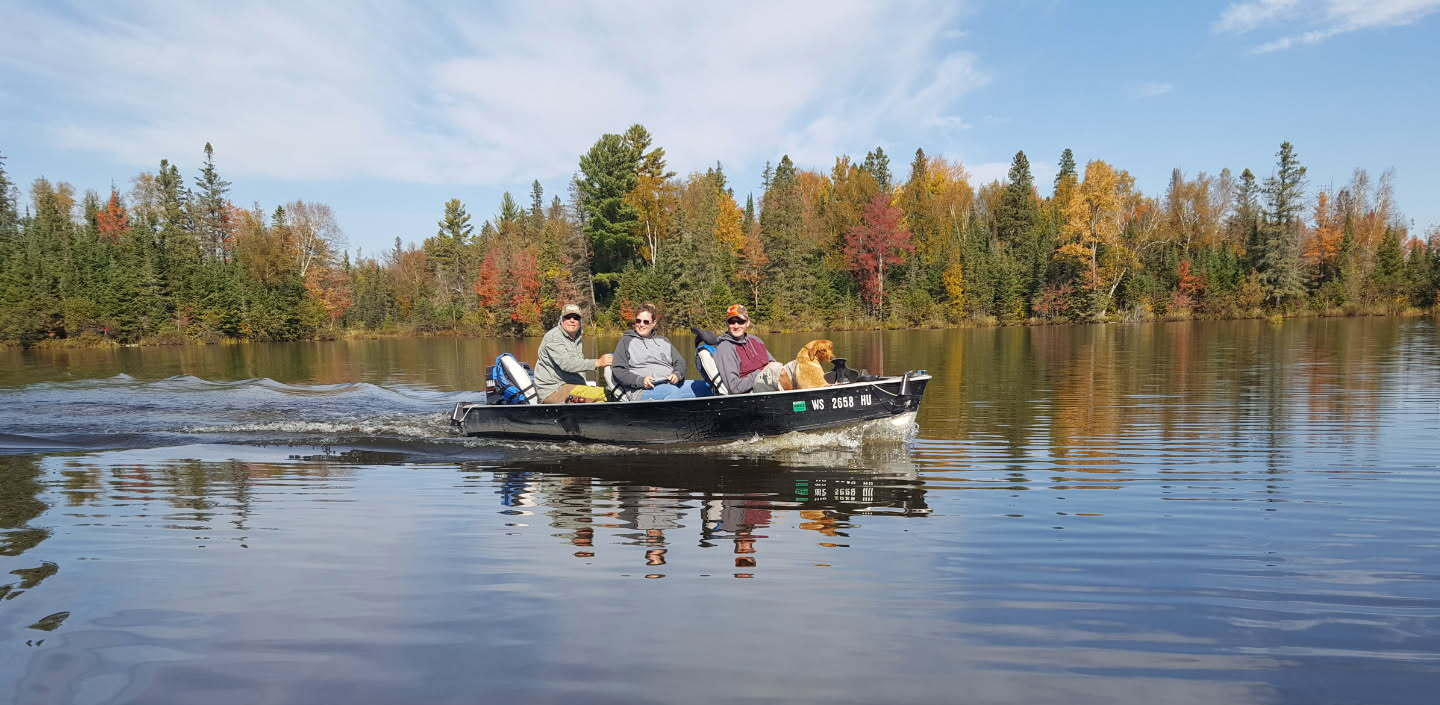
JEFF: Let’s talk roots. Where are you from, and what shaped you growing up?
ROB: I was born and raised in Gratiot, Wisconsin, about 45 minutes east of here. I grew up on a farm—did all the farmwork, made hay all summer. After school, I worked in agriculture jobs, and then I spent 30 years working in Dodgeville, Wisconsin across a few companies. I’m married to Janice—26 years now. We have two kids, Ashley and Hunter, 12 years apart. Ashley was born early in our marriage and Hunter much later. We live near the country, and I’m in the process of buying the farm I grew up on.
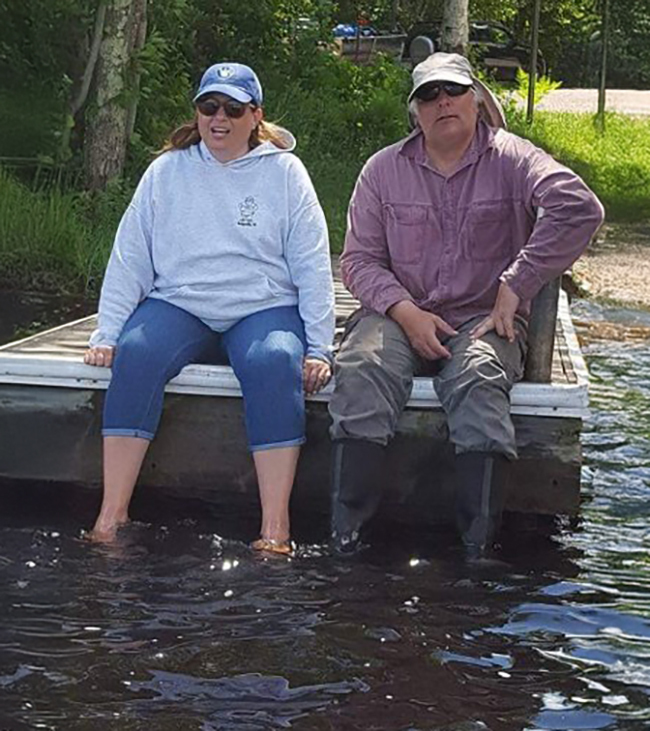
JEFF: People here talk a lot about your work ethic. Where does that drive come from?
ROB: Sometimes it was just necessity—working more to take care of family and life. But a lot of it is getting lost in the work. If I’m woodburning a bench, I’ll look up and it’s late—I didn’t notice the time. I’ve always been that way. Working is a big part of who I am. I always seem to have the energy for it. I always enjoy a good day's work.
JEFF: How do you approach problem-solving when projects get tricky?
ROB: At another job I did industrial engineering work and apprenticed with an industrial engineer for two years. The idea there was taking chaos and structuring it. If you start laying things out, the answer usually reveals itself. I’ll set the pieces down, move them around, and pretty soon it starts to make sense—like putting puzzle pieces together until the picture shows.
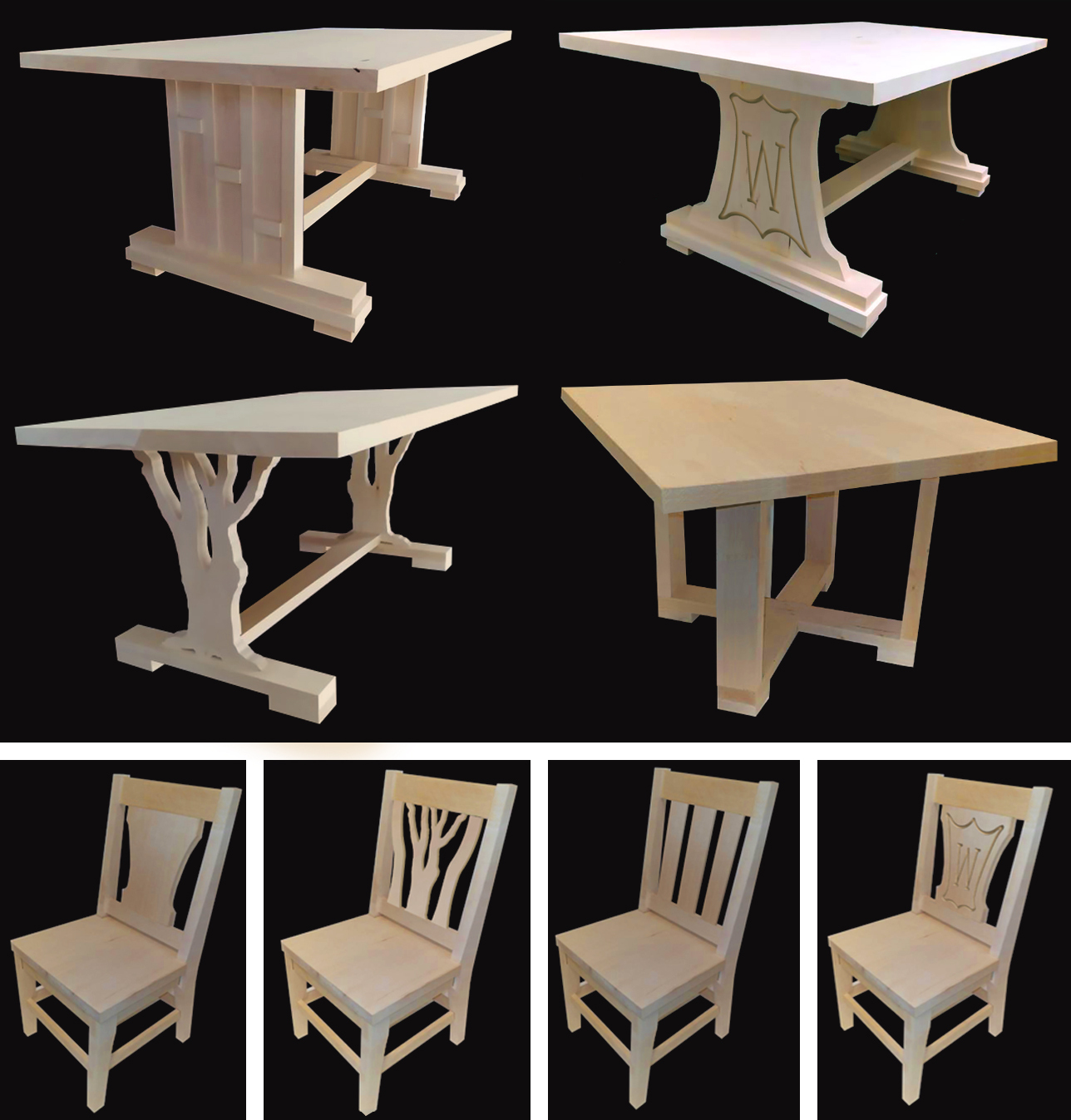
JEFF: What’s been most rewarding about McCullough so far?
ROB: The team and the tangible results. I like starting with raw materials and ending the day sweaty and dirty, looking at what we made. You can see progress. That’s satisfying.

